
6 minute read
MOVING THE NATION’S FREIGHT
Imc Founder And Chairman


MARK GEORGE LIVES BY A SIMPLE MOTTO: SERVICE IS KING HE LEARNED TO APPRECIATE THAT ADAGE YEARS AGO WHEN HE WAS MAKING SALES CALLS AND DRIVING A SINGLE TRUCK OPERATING FREIGHT. IT WAS A CHALLENGING TIME. BUT HE WAS A BUDDING ENTREPRENEUR, A KID CHASING A DREAM THAT WOULD EVENTUALLY TAKE HIM FURTHER THAN HE EVER IMAGINED.
TODAY, IMC is an integral part of the national supply chain and George heads the largest marine drayage company in the U.S. IMC recently opened their new headquarters in Schilling Farms.
George was just 20 years old in 1982 when he launched his company, Intermodal Cartage Company, with his wife, Melinda. In the early ’80s, the shipping industry was becoming more standardized, a move that would lead to an explosive era of growth. Timing is everything in business and George’s responsiveness to industry demands enabled him to capitalize on that growth.
“I excelled at solving shipping problems and delivering good service to my customers,” he says.




So what is drayage? It’s the transportation of shipping containers by truck to its final destination. Marine drayage refers to the transportation of marine containers, from the sea or rail where the product remains in the marine container until it reaches its final destination. Those are terms IMC is working hard to help the public better understand, since 90 percent of consumer goods used every day — from cell phones and cars to coffee and clothes — arrive in containers from overseas.
Steel containers are carried by huge cargo ships and once in port, those containers must move by trucks and trains. With marine drayage, the product stays in the container until its delivered to the customer vs. domestic drayage where the product is unloaded and moved into a 53”ft van and moved inland.
An estimated 30 million marine containers move in and out of the U.S. on an annual basis, according to IMC’s website. Mankind has always transported trade goods, going back to the ancient Greeks. Prior to the creation of steel containers in the 1950s, the process of loading and unloading goods was labor-intensive. Crates, boxes, and barrels, usually made of wood, varied in size and had to be carefully stacked and stabilized for long voyages. Making efficient use of space was key. And once a ship’s cargo arrived at port, those goods had to be repacked for transfer by road and rail.
By contrast, today’s standard container size is 40 feet long, eight feet wide, and nine feet tall, and crafted of steel or some material far sturdier than wood. A key advantage is that all containers fit together like Lego blocks, which makes the loading process far easier and more profitable.
In fact, the streamlining of the shipping industry, “helped facilitate companies like Walmart to manufacture goods in Asia because moving it became more efficient,” says George. “Containerization made the supply chain more cost efficient and cost effective.”
Moving freight requires trouble-shooting skills to ensure customers receive the goods they’re expecting — on time, every time. “We were innovative and embraced opportunity,” says George. “When ships would arrive at port and terminals it all came down to how quickly cargo could be moved. We developed technology to trace, track and process cargo quicker than our competitors.”
EXPANDING BEYOND THE MID-SOUTH
Over the next two decades, George built a fleet of drivers and trucks and “opened a second service center in Nashville and then expanded to Dallas, Houston, New Orleans, Birmingham, Jacksonville, Savannah, and Atlanta,” he says, with IMC eventually becoming the largest marine drayage company in the Southeast.



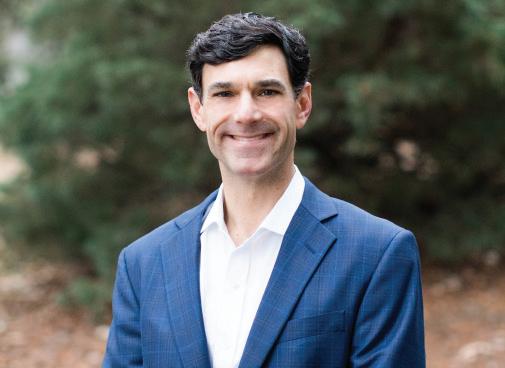

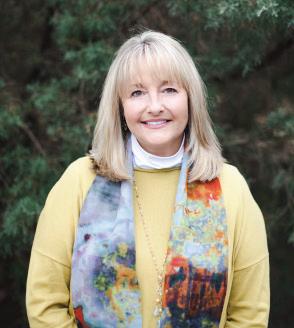






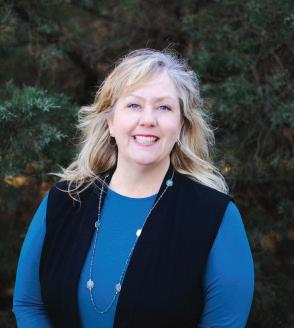





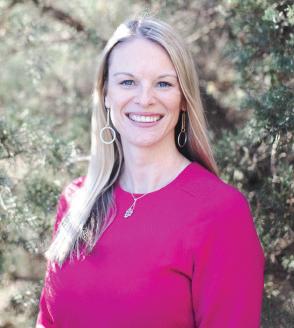

























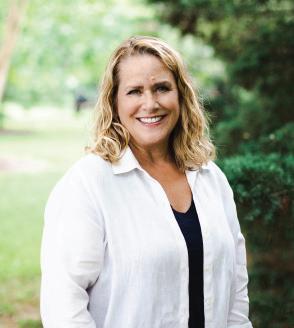

The company expanded its container yard in Memphis and moved their corporate office to the Lenox Building in East Memphis.
The company continued to expand organically and also began strategically acquiring other companies until the company had established locations in or near all of the major U.S. ports and railroads, effectively creating a national network with local, on-the-ground expertise.
When George unveiled the company’s spacious new headquarters at Schilling Farms last year, it coincided with their 40th anniversary, and was a fitting reflection of his impressive accomplishments. The ribboncutting ceremony on April 27, 2022, was attended by state and local officials including Tennessee Governor Bill Lee, Collierville Mayor Stan Joyner, and Collierville Chamber of Commerce President Mark Heuberger. Those leaders saluted IMC’s dynamic contribution to commerce in the Mid-South. Mayor Joyner specifically pointed to IMC’s $24 million capital investment in the town and the addition of 300 jobs.
“The town stands ready and fully supportive of your growth and your continued success and your continued investment in our community,” Joyner was quoted as saying in The Commercial Appeal. At the ceremony, George announced another major milestone: IMC reached $1.4 billion in sales and is now the second fastest-growing trucking company in the U.S.
So, what brought IMC to Collierville? The decision to build here was a strategic one, aided by town leaders who actively campaigned for their business. “We felt like moving east was more beneficial for our employees, since many live here. We also liked Boyle Investment Company and the business park they’ve developed,” says George. “The walkability enhances the work experience for employees.” IMC is the first business in the Schilling Farms Water Tower District.

YOU JUST BUILD A LITTLE AT A TIME AND YOU’LL BE AMAZED OVER TIME AT HOW MUCH YOU’VE ACHIEVED. MY DAD’S BELIEF WAS IF YOU TRIED TO ACCOMPLISH TOO MUCH TOO QUICKLY, IT COULD GO THAT QUICKLY, TOO .”

In addition to building IMC’s headquarters, George purchased another property contiguous to their new building with an eye to expansion. With 400 employees and 75,000 square feet of space, George says they’ve already maxed out the new building.
The sleek, three-story building has an open, airy feel. From the central staircase, a handsome focal point, meeting spaces are clearly visible through glass walls, giving employees from different departments opportunities to engage.


Coming Of Age
Born and raised in Franklin, Tennessee, George grew up in a family of entrepreneurs. His grandfather managed tobacco warehouses and his father oversaw a chain of refrigerated trucks. But rather than work alongside family, his father insisted Mark find his own path. Wanting to make his father proud, George completed an associate’s degree at Columbia State Community College, then moved with his high school sweetheart, Melinda, to Memphis.
But he found himself feeling restless at college. He remembers sitting in an economics class at Memphis State, “thinking about how many loads I would have to move to pay my bills,” George says. Like many entrepreneurs, the hunger to achieve propelled him, “but I remember feeling frustrated at age 21, 22, that I wasn’t achieving success fast enough. I told my father as much,” and his advice was simple: “‘You just build a little at a time and you’ll be amazed over time at how much you’ve achieved.’ My dad’s belief was if you tried to accomplish too much too quickly, it could go that quickly, too.”



During the second half of his career, George began moving away from the company’s day-to-day operations, focusing instead on mapping out their future. During a retreat with his leadership team, George unveiled an audacious plan.
“Twenty years ago, we set a goal while on a hike atop Mount Magazine [Arkansas’ highest peak]. I announced a billion-dollar plan. I said we would reach a billion dollars in sales and here’s how we would do it.” George envisioned half of the company’s growth developing organically from sales, the other half from acquisitions. Since he started his company at such a young age, many of his competitors were older and as business owners decided to sell, IMC was ready. With those acquisitions, the company steadily developed a business presence in every port in the U.S. Ultimately, IMC reached that billion-dollar mark three years ahead of schedule.
“Drayage is a competitive business and the profit margins are sometimes small. I’ve spent most of my career sitting at the edge of my seat, says George. “Even 41 years in, I’m still afraid of failure.” But today, with a billion dollar in sales and a robustly growing company, George continues to think about the future. “I never dreamed I’d go as far with this business as it has gone.”

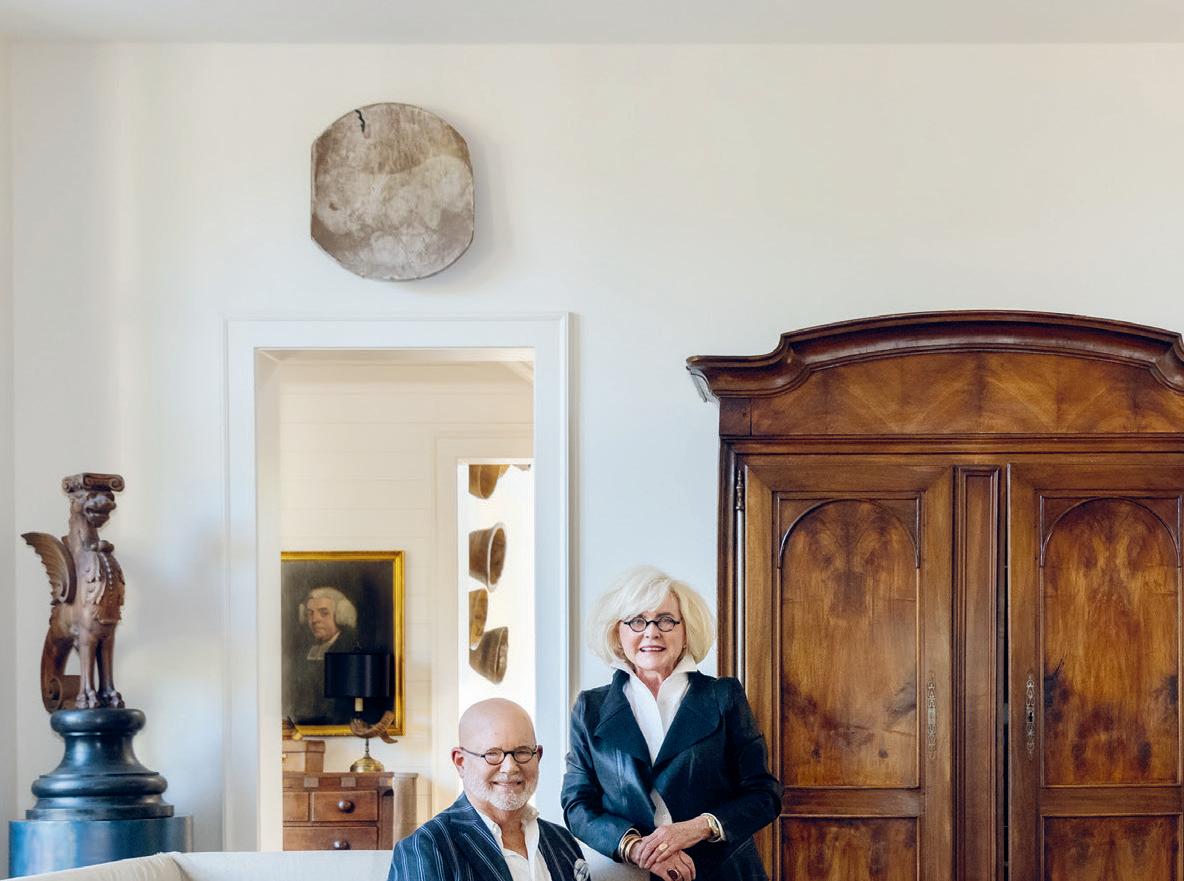














Peace of mind does not have to cost a fortune.

Special Needs Trusts provide for your loved one’s supplemental needs when you cannot.




A Third-Party Supplemental Needs Trust is established and funded by a person who is not the person living with a disability – hence the term “Third-Party.” The Trust provides for the disabled person during his or her life while preserving funds for other descendants in the family upon the disabled person’s death.



Vista Points is focused on helping people living with disabilities, their parents and caregivers, and the professionals who serve and guide them.











